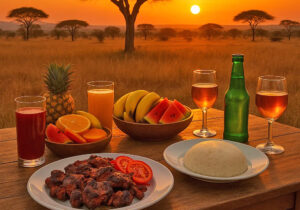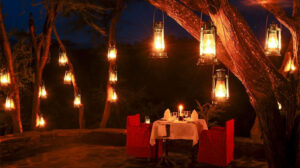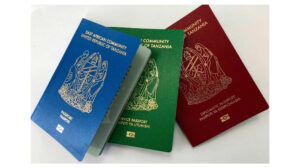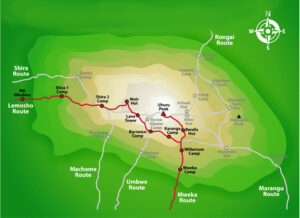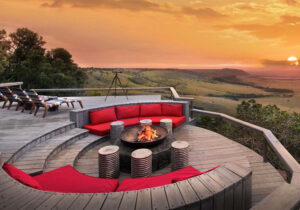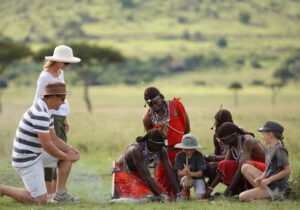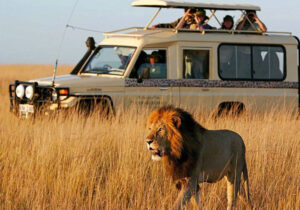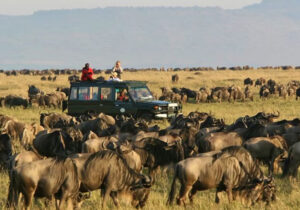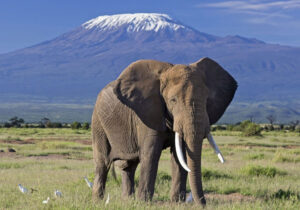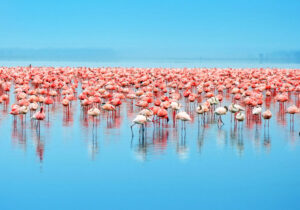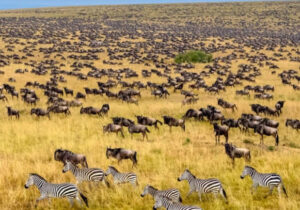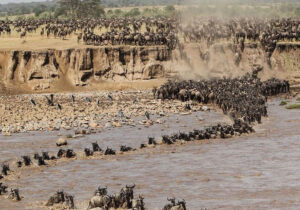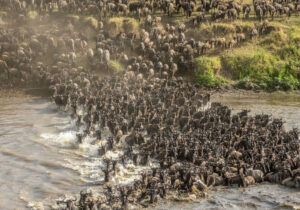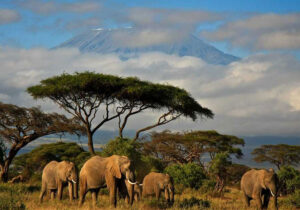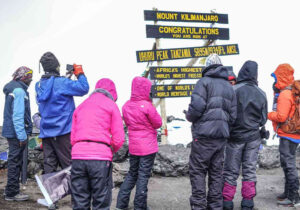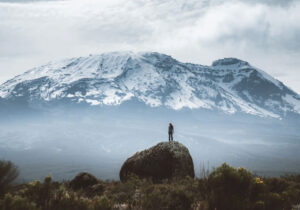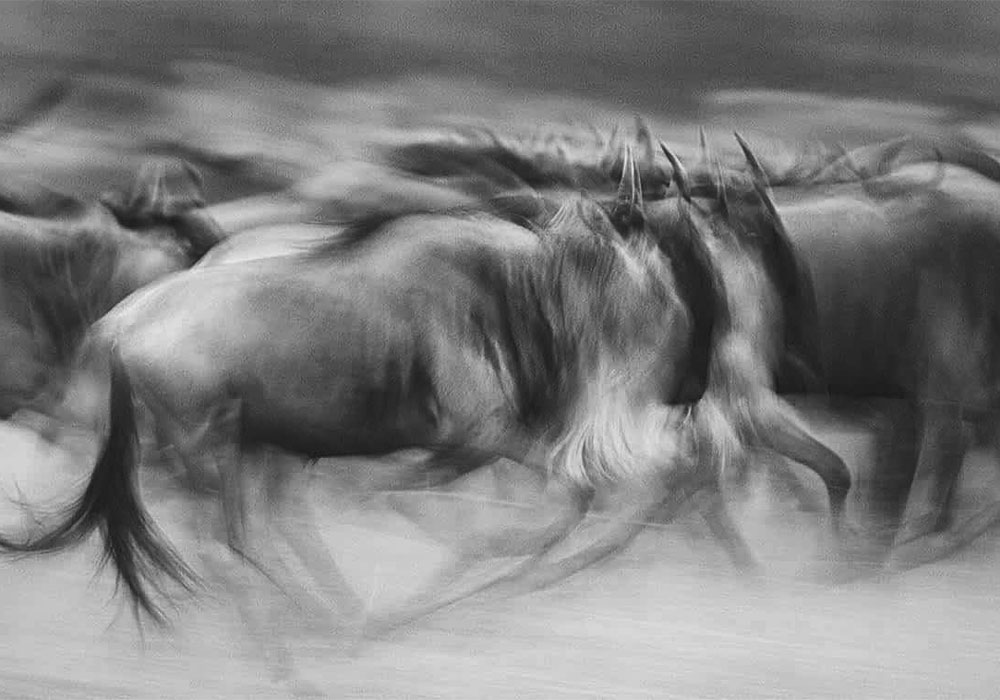
Top Photography Tips for Capturing Great Migration Safari in Africa is a dream come true for wildlife photographers. Every year, millions of wildebeest, zebras, journey across the Serengeti and Maasai Mara, creating one of the most spectacular natural events on Earth. According to National Geographic, this migration is one of the most dramatic wildlife events on Earth. To help you preserve this once-in-a-lifetime adventure, these expert tips will guide you in capturing breathtaking wildlife images that tell the story of nature in motion.
Prepare the Right Gear for Great Migration Photography
Pack a reliable DSLR or mirrorless camera with a telephoto lens (200–600mm) to photograph animals from a safe distance. A wide-angle lens (16–35mm) is perfect for landscape shots that show the vast savannah during the Great Migration Safari. Don’t forget extra batteries, memory cards, monopod and we have sturdy bean bag for stability in safari vehicles.
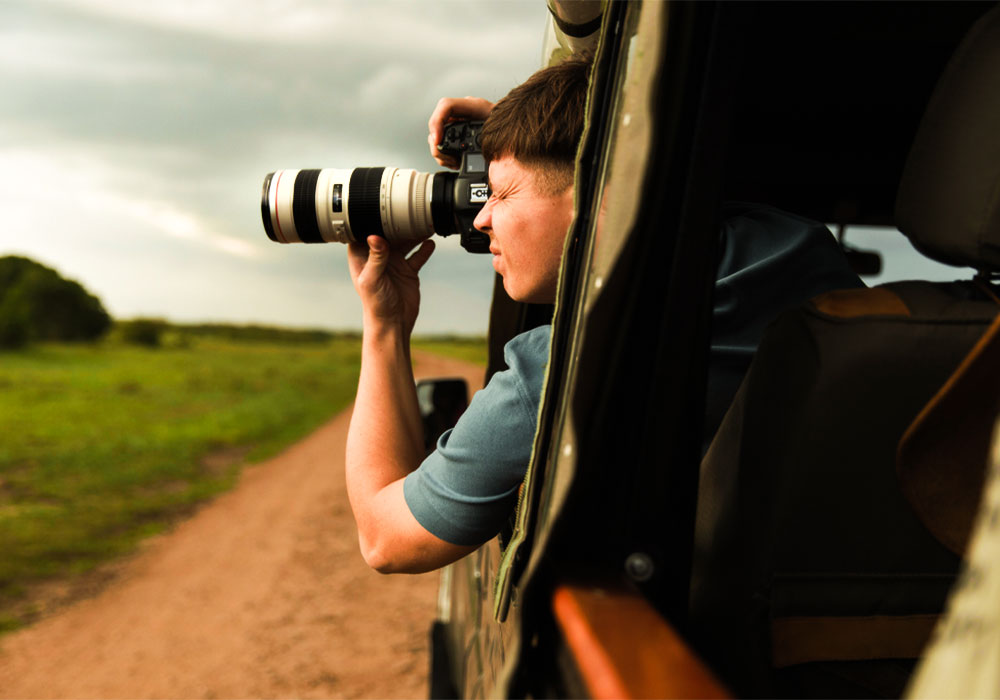
Shoot During Golden Hours on Safari
Lighting is everything in wildlife photography. The early morning and late afternoon known as the golden hours offer soft, warm light that enhances textures and colors. Midday light can be harsh, so use it for close-ups or creative shadow shots. This lighting helps you capture the best Great Migration Safari photos full of depth and emotion.
Focus on the Story of the Great Migration
Don’t just capture animals tell the story of the migration. Photograph herds crossing rivers, predators in pursuit, and the dust clouds rising from thousands of hooves. Including movement and emotion makes your migration safari photography unforgettable and dynamic.
Mind the Background in Your Safari Shots
A cluttered background can distract from your subject. Try shooting at a wide aperture (f/2.8–f/5.6) to blur the background and make the animals stand out. Position yourself to use trees, skies, or plains for natural framing perfect for clean and professional Great Migration photography.
Be Patient and Respectful in Wildlife Photography
The best shots often require patience. Wait for natural behavior rather than chasing animals. Always follow your guide’s advice and maintain a respectful distance ethical photography ensures wildlife safety and genuine moments. Respecting nature is at the heart of every successful migration safari photography experience.
Final Thoughts
Your African migration safari photography adventure is more than just taking pictures it’s about capturing the soul of nature in motion. With the right preparation, timing, and respect for wildlife, you’ll return home with breathtaking images and unforgettable memories. Remember, these Top Photography Tips for Capturing the Great Migration Safari will help you tell Africa’s most powerful wildlife story through your lens.

